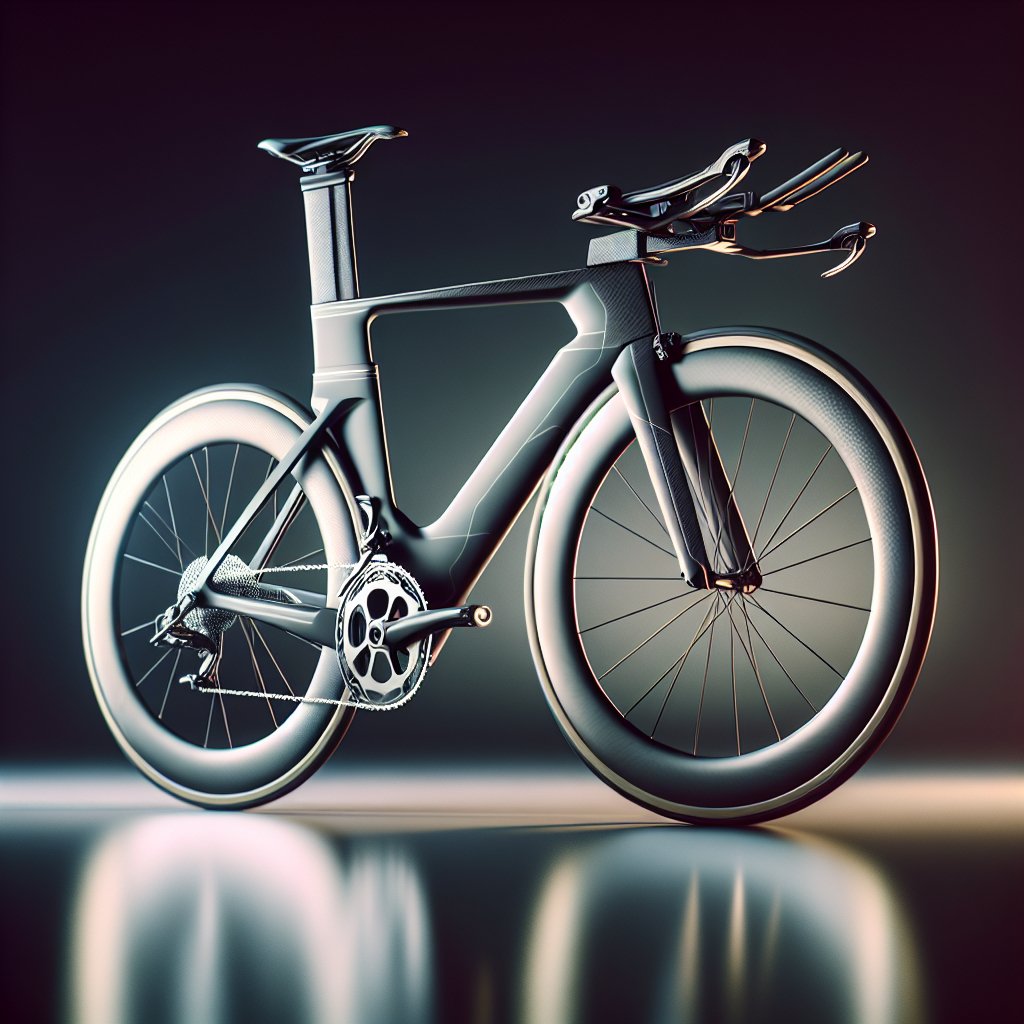Finding the perfect fit for your bicycle helmet can be the difference between a comfortable ride and a serious head injury. A properly fitted helmet not only enhances protection but also boosts confidence and enjoyment on every journey. Below, you will learn how to measure, adjust, and maintain your helmet for maximum safety and comfort.
Understanding the Importance of a Proper Fit
A helmet that sits correctly on your head distributes impact forces and reduces the risk of injury. Ill-fitting helmets can shift during a crash, leaving vulnerable areas exposed. Moreover, when a helmet feels unstable or pinches the temples, riders tend to leave it loose—undermining its entire performance. By investing a few minutes into proper fitting, you ensure that the protective shell and inner foam stay where they belong if you take a spill.
Safety Benefits
- Optimal impact absorption: A snug fit keeps the EPS foam aligned with your skull to evenly spread forces.
- Prevents rotation: Proper positioning stops the helmet from twisting and exposing your forehead or temples.
- Retention security: A well-adjusted retention system ensures the helmet won’t come off even in a hard fall.
Comfort and Performance
- Reduced pressure points: Properly adjusted padding eliminates hot spots and headaches during long rides.
- Better ventilation: When the helmet sits at the right angle, the vents work more efficiently, keeping you cool.
- Enhanced focus: A stable, comfortable helmet means fewer distractions, letting you concentrate on the trail or road.
Key Measurements and Fit Techniques
Before making any strap adjustments, start by measuring your head. Accurate measurements help you select the correct helmet size and ensure the helmet remains level on your head.
Measuring Your Head
Use a soft measuring tape to wrap around the largest part of your head, roughly 1 cm above your eyebrows and ears. Record the circumference in centimeters or inches. Compare this number to the manufacturer’s sizing chart. If you fall between sizes, opt for the smaller size and add or remove internal pads to fine-tune the fit.
Adjusting Straps and Position
Once you have the right size:
- Place the helmet level on your head so that the front rim sits just above your eyebrows.
- Center the helmet: It should not tilt forward or backward. The front brim should shield your forehead about one to two finger-widths above your eyebrows.
- Adjust side straps: Form a “Y” shape under your ears. Slide the strap adjusters until they sit just below each earlobe.
- Buckle the chin strap: Fasten it and tighten until it just allows two fingers between the strap and your chin. This chin strap tension prevents the helmet from lifting or sliding off.
- Fine-tune rear dial: Many helmets feature a dial or sliding retention cradle at the back. Twist or slide until the helmet locks snugly around your head without pressure points.
Common Mistakes and How to Avoid Them
Even experienced cyclists sometimes overlook basic fitting errors. Avoid these pitfalls to ensure your helmet provides the protection it was designed for.
- Wearing a loose helmet: If you can rotate the helmet easily with your hands, the straps and retention system need tightening.
- Letting the chin strap sag: A loose chin strap allows the helmet to lift, increasing injury risk on impact.
- Positioning too high or low: Helmets worn too high expose the forehead, while helmets too low can obstruct vision.
- Ignoring pad adjustments: Many helmets come with extra foam pads. Replace or rearrange them to eliminate hot spots.
- Skipping regular checks: Straps can stretch over time; give your fit a quick review every few weeks.
Advanced Tips for Specialized Helmets
Cycling disciplines often require different features. Here are tips to customize the fit depending on your type of riding.
Road Cycling Helmets
- Low-profile fit: Road helmets are designed to be aerodynamic. Ensure the helmet sits flush with your head to reduce wind resistance.
- Maximize ventilation: Angled vents channel air over your crown. Check that the inner padding doesn’t block these vents.
- Lightweight retention: A minimalist cradle system keeps weight down; adjust carefully to avoid pressure points.
Mountain Bike Helmets
- Extended rear coverage: MB helmets often extend down the back of the skull. Sit the helmet slightly lower to protect the occipital area.
- Visor alignment: Adjust the visor angle so it shields your eyes from sun and debris without impeding upward vision.
- Goggle compatibility: If you use goggles, fit them first, then position the helmet to accommodate the goggle strap.
Commuter and Urban Helmets
- Reflective features: Make sure reflective stickers or lights are visible when the helmet is properly positioned.
- Accessory mounts: Some helmets include mounts for lights or cameras. Check the helmet fit with attachments installed.
- Padded liners: Commuter helmets often have thicker liners for style and warmth. Compress the liner when securing the rear dial for a snug fit.
Maintaining Your Helmet for Long-Term Protection
A helmet that has taken a significant impact must be replaced immediately. Even minor crashes can compromise the cushioning and structural integrity. Here’s how to care for your helmet:
- Regular inspection: Check the EPS foam for cracks or dents, and ensure the straps and buckles show no signs of wear.
- Gentle cleaning: Use mild soap and water to wash the shell and pads. Harsh chemicals can degrade the materials.
- Avoid extreme heat: Don’t leave your helmet in direct sunlight or inside a hot car, as heat can weaken the EPS foam.
- Replace every five years: Manufacturers recommend replacing helmets no later than five years after purchase, regardless of crash history.
- Store properly: Hang the helmet or place it on a shelf to prevent accidental drops or deformation.












